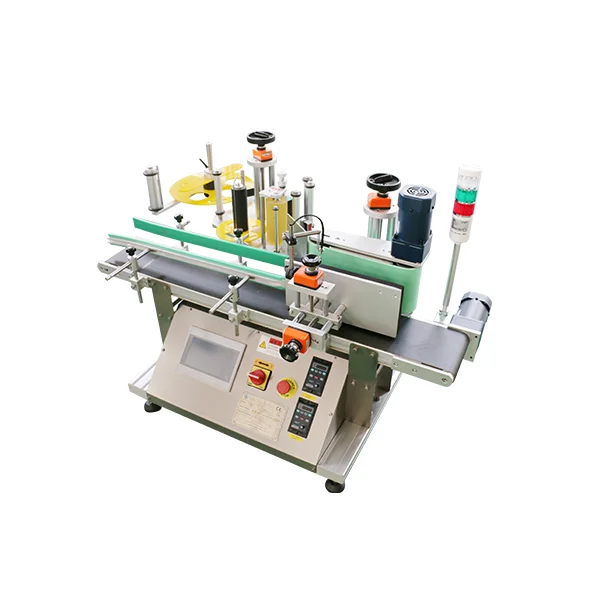Mechanical pumps play a vital role in various industries, from water supply systems to oil refineries. Understanding how these pumps work is crucial for engineers, technicians, and anyone interested in the field. In this comprehensive guide, we will delve into the intricate mechanisms and principles behind mechanical pumps, shedding light on their operation, types, and applications.
- The Fundamentals of Mechanical Pumps:
1.1 Overview:
Mechanical pumps are devices designed to transport fluids by converting mechanical energy into hydraulic energy. They are commonly used to move liquids, slurries, or gases from one location to another.
1.2 Types of Mechanical Pumps:
There are several types of mechanical pumps, each tailored to specific applications. These include centrifugal pumps, reciprocating pumps, diaphragm pumps, and rotary pumps. We will explore the working principles of the most widely used centrifugal pumps in detail.
- How Centrifugal Pumps Work:
2.1 Impeller and Casing:
At the heart of a centrifugal pump lies an impeller, a rotating component with curved blades. The impeller is housed within a casing, forming a fluid-tight chamber. As the impeller spins, it imparts kinetic energy to the fluid.
2.2 Suction and Discharge:
The pump's suction and discharge ports are strategically positioned on the casing. The suction port allows the fluid to enter the pump, while the discharge port expels it. Understanding the flow dynamics and pressure differentials between these ports is crucial for efficient pump operation.
2.3 The Role of Centrifugal Force:
Centrifugal force is the driving force behind a centrifugal pump's operation. As the impeller rotates, the fluid is subjected to centrifugal force, causing it to move radially outward. This force increases the fluid's velocity and pressure, enabling it to overcome resistance and flow through the pump.
2.4 Priming and Cavitation:
Priming is the process of removing air or gases from the pump's casing to ensure proper fluid flow. Cavitation, on the other hand, occurs when low-pressure areas within the pump cause the formation of vapor bubbles. We will explore the detrimental effects of cavitation and discuss methods to prevent it.
- Applications and Maintenance:
3.1 Industrial Applications:
Mechanical pumps find applications in various industries, including water supply, wastewater treatment, chemical processing, and oil refining. Understanding the specific requirements of each application is essential for selecting the appropriate pump type.
3.2 Maintenance and Troubleshooting:
Proper maintenance is crucial for ensuring the longevity and efficiency of mechanical pumps. We will discuss routine maintenance tasks, such as lubrication, seal inspection, and impeller cleaning. Additionally, we will address common pump issues and troubleshooting techniques.
Conclusion:
Mechanical pumps are intricate devices that play a vital role in numerous industries. By understanding their inner workings, engineers and technicians can optimize pump performance, minimize downtime, and ensure the smooth operation of critical systems. This comprehensive guide has provided a detailed overview of how centrifugal pumps work, their types, applications, and maintenance requirements. Armed with this knowledge, professionals can make informed decisions and contribute to the efficient functioning of mechanical pump systems.



